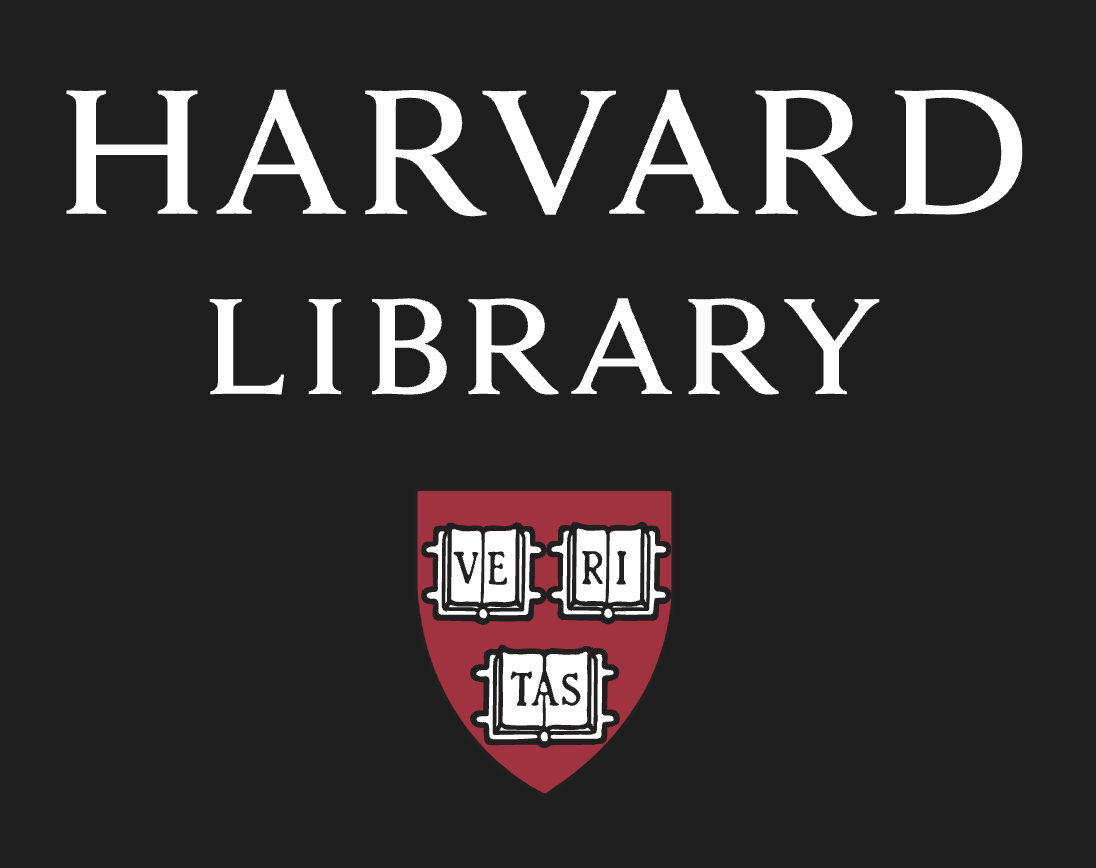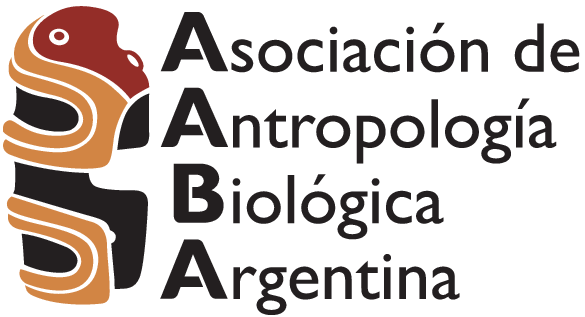Matrices funcionales e integración morfológica. Un estudio ontogénico de la bóveda y el maxilar/Functional matrices and morphological integration. An ontogenetic study on the vault and the maxilla
Resumen
RESUMEN Los estudios ontogénicos permiten conocer cómo se generan las diferencias morfológicas que encontramos en adultos. Éstas resultan de la asociación diferencial entre rasgos morfológicos, lo que puede deberse tanto a factores del desarrollo como funcionales. De acuerdo a la hipótesis funcional, los cambios en las estructuras óseas son consecuencia de la influencia de tejidos blandos, cavidades y órganos (matriz funcional). En este trabajo se analizaron dos estructuras craneofaciales: la bóveda, formada por varios huesos y una matriz funcional homogénea y el maxilar, un hueso único afectado por diversas matrices, para poner a prueba la hipótesis que postula que durante la ontogenia cambian los patrones de covariación. Se relevaron puntos craneofaciales sobre 267 cráneos de adultos y subadultos, se aplicó Análisis de Componentes Principales para establecer la variación en forma a lo largo de la ontogenia y se realizó un análisis de correlación entre las matrices de covarianza de las sucesivas edades para evaluar el cambio en los patrones de integración morfológica. Los resultados indicaron que mientras en la bóveda los patrones de covariación no cambian durante la ontogenia, esto sí ocurre en el maxilar. Los patrones de covariación de estas estructuras se comportarían en relación a la cantidad y características de las matrices asociadas
ABSTRACT Ontogenetic studies help to understand how morphological differences found among adults arise. These are the result of differential association among morphological traits, which can be due to developmental as well as functional factors. According to the functional paradigm, change in bone structures is the result of the influence of associated soft tissue, cavities and organs (functional matrix). In this work, two craniofacial structures were analysed: the vault, composed by several bones and a homogeneous functional matrix, and the maxilla, a single bone affected by diverse matrices. The hypothesis that indicates that along ontogeny covariation patterns change was tested. Landmarks were registered on 267 adult and subadult skulls. Principal Components Analysis was applied in order to assess shape variation along ontogeny. To examine ontogenetic change in the morphological integration pattern, a correlation analysis between the successive covariation matrices was carried out. The results indicate that while in the vault there are not ontogenetic differences in covariation patterns, these patterns change in the maxilla. Covariation patterns in these structures would behave according to the number and characteristics of associated matrices.
Publicado on-line:15/08/2012
Descargas
Referencias
Ackermann RR, Cheverud JM. 2000. Phenotypic covariance structure in tamarins (genus Saguinus): a comparison of variation patterns using matrix correlation and common principal component analysis. Am J Phys Anthropol 111:489-501.
Ackermann RR, Krovitz GE. 2002. Common patterns of facial ontogeny in the hominid lineage. Anat Rec 269:142-147.
Adab D, Sayne JR, Carlson DS, Opperman LA. 2003. Nasal capsular cartilage is required for rat transpalatal suture morphogenesis. Differentiation 71:496-505.
Alió-Sanz J, Iglesias-Conde C, Pernía JL, Iglesias-Linares A, Mendoza-Mendoza A, Solano-Reina E. 2011. Retrospective study of maxilla growth in a Spanish population sample. Med Oral Patol Oral Cir Bucal 16:271-277.
Barbeito-Andrés J, Sardi ML, Ventrice F, Anzelmo M, Pucciarelli HM. 2010. Canalización de la morfología craneofacial de Homo sapiens durante la ontogenia, un estudio transversal. Cs Morfol 12:1-9.
Bastir M, Rosas A. 2005. Hierarchical nature of morphological integration and modularity in the human posterior face. Am J Phys Anthropol 128:26-34.
Beecher RM, Corruccini RS. 1981. Effects of dietary consistency on craniofacial and occlusal development in the rat. Angle Orthod 51:61-69.
Bogin B. 1999. Patterns of human growth. Cambridge: Cambridge University Press.
Buikstra J, Ubelaker D. 1994. Standards for data collection from human skeletal remains. Arkansas: Archaeological Survey Research Series 44.
Buschang PH, Hinton RJ. 2005. A gradient of potential for modifying craniofacial growth. Sem Orthod 11:219-226.
Chernoff B, Magwene PM. 1999. Morphological integration: forty years later. En: Olsen EC, Miller RL, editores. Morphological integration. Chicago: University of Chicago Press. p 319-353.
Cheverud JM. 1996. Quantitative genetic analysis of cranial morphology in the cotton-top (Saguinus oedipus) and saddle-back (S. fuscicollis) tamarins. J Evol Biol 9:5-42.
Cheverud JM, Marroig G. 2001. A comparison of phenotypic variation and covariation patterns and the role of phylogeny, ecology, and ontogeny during cranial evolution of new world monkeys. Evolution 55:2576-2600.
Cheverud JM, Wagner GP, Dow PP. 1989. Methods for the comparative analysis of variation patterns. Syst Zool 38:201-213.
Cohen MM Jr. 2000. Craniosynostosis: diagnosis, evaluation, and management. New York: Oxford University Press.
Delattre A. 1951. Du crâne animal au crâne humain. Paris: Masson.
Enlow DH, Bang S. 1965. Growth and remodeling of the human maxilla. Am J Orthod 51:446-464.
Enlow DH, Hans MG. 1998. Crecimiento facial. México DF: Mc-Graw Hill Interamericana.
Gonzalez PN, Hallgrímsson B, Oyhenart EE. 2011. Developmental plasticity in covariance structure of the skull: effects of prenatal stress. J Anat 218:243-257.
González-José R, Van Der Molen S, González-Pérez E, Hernández M. 2004. Patterns of phenotypic covariation and correlation in modern humans as viewed from morphological integration. Am J Phys Anthropol 123:69-77.
Guihard-Costa AM. 1988. Estimation of fetal age from craniofacial dimensions. Bull Assoc Anat 72:15-19.
Hall BK. 2005. Bone and cartilage: Developmental and evolutionary skeletal biology. San Diego: Elsevier Academic Press.
Hallgrímsson B, Jamniczky H, Young NM, Rolian C, Parsons TE, Boughner JC, Marcucio RS. 2009. Deciphering the palimpsest: Studying the relationship between morphological integration and phenotypic covariation. Evol Biol 36:355-376.
Hallgrímsson B, Lieberman DE, Young NM, Parsons T, Wat S. 2007. Evolution of covariance in the mammalian skull. En: Hall BK, Lieberman DE, editores. Novartis Foundation Symposium-Tinkering: The Microevolution of Development, No 284. New York: Wiley-Liss. p 164-184.
Humphrey LT. 1998. Growth patterns in the modern human skeleton. Am J Phys Anthropol 105:57-72.
Jiang X, Iseki S, Maxson RE, Sucov HM, Morriss-Kay GM. 2002. Tissue origins and interactions in the mammalian skull vault. Dev Biol 241:106-116.
Klingenberg CP. 2011. MorphoJ: an integrated software package for geometric morphometrics. Molecular Ecology Resources 11:353-357.
Lieberman DE. 2011. The evolution of the human head. Massachussets: Harvard University Press.
Lieberman DE, Hallgrímsson B, Liu W, Parsons TE, Jamniczky HA. 2008. Spatial packing, cranial base angulation, and craniofacial shape variation in the mammalian skull: testing a new model using mice. J Anat 212:720-735.
Lieberman DE, Ross CF, Ravosa MJ. 2000. The primate cranial base: Ontogeny, function, and integration. Am J Phys Anthropol 113:117-169.
Mavropoulos A, Ammann P, Bresin A, Kiliaridis S. 2004. Masticatory demands induce region-specific changes in mandibular bone density in growing rats. Angle Orthod 75:625-630.
Mitteroecker P, Bookstein F. 2008. The evolutionary role of modularity and integration in the hominoid cranium. Evolution 62:943-958.
Morriss-Kay GM. 2001. Derivation of the mammalian skull vault. J Anat 199:143-151.
Moss ML. 1973. A functional cranial analysis of primate craniofacial growth. Symp IVth Int Congr Primat 3:191-208.
Moss ML. 1997. The functional matrix hypothesis revisited. 4. The epigenetic antithesis and the resolving synthesis. Am J Orthod Dentof Orthop 112:410-417.
Moss ML, Young RW. 1960. A functional approach to craniology. Am J Phys Anthropol 18:281-292.
Opperman LA. 2000. Cranial sutures as intramembranous bone growth siters. Developmental Dynamics 219:472-485.
Opperman LA, Gakunga PT, Carlson DS. 2005. Genetic factors influencing morphogenesis and growth of sutures and synchondroses in the craniofacial complex. Semin Orthod 11:199-208.
Porto A, de Oliveira FB, Shirai LT, De Conto V, Marroig G. 2009. The evolution of modularity in the mammalian skull I: Morphological integration patterns and magnitudes. Evol Biol 36:118-135.
R Development Core Team. 2008. R: a language and environment for statistical computing. Vienna, Austria: R Foundation for Statistical Computing. http://www.Rproject.org.
Richtsmeier JT, Corner BD, Grausz GM, Cheverud JM, Danahey SE. 1993. The role of postnatal growth pattern in the production of facial morphology. Syst Biol 42:307-330.
Rohlf FJ, Slice D. 1990. Extensions of the Procrustes method for the optimal superimposition of landmarks. Syst Zool 39:40-59.
Sardi ML. La evolución de la ontogenia craneofacial en las poblaciones humanas. En: Massarini A, Hasson E, editores. Darwin en el sur, ayer y hoy. Contribuciones de la 1ra Reunión de Biología Evolutiva del Cono Sur. Buenos Aires: Libros del Rojas. p 89-96 (en prensa).
Sardi ML, Ramírez Rozzi FV. 2005. A cross-sectional study of human craniofacial growth. Ann Hum Biol 32:390-396.
Sardi ML, Ramírez Rozzi F. 2007. Developmental connections between cranial components and the emergence of the first permanent molar in humans. J Anat 210:406-417.
Sardi ML, Novellino PS, Pucciarelli HM. 2006. Craniofacial morphology in the Argentine Center-West: consequences of the transition to food production. Am J Phys Anthropol 130:333-343.
Scott JH. 1957. Muscle growth and function in relation to skeletal morphology. Am J Phys Anthropol 15:197-234.
Schmitt D, Wall CE, Lemelin P. 2008. Experimental comparative anatomy in physical anthropology: the contributions of Dr. William L. Hylander to studies of skull form and function. En: Vinyard C, Ravosa MJ, Wall CE, editores. Primate craniofacial function and biology. New York: Springer. p 3-16.
Sirianni JE. 1985. Nonhuman primates as models for human craniofacial growth. En: Watts ES, editor. Nonhuman primate models for human growth and development. New York: Alan R. Liss, Inc. p 95-124.
Sperber GH. 2001. Craniofacial development. London: BC Decker Inc. Srivastava HC. 1992. Ossification of the membranous portion of the squamous part of the occipital bone in man. J Anat 180:219-224.
van der Klaauw CJ. 1948-52. Size and position of the functional components of the skull. A contribution to the knowledge of the architecture of the skull, based on data in the literature. Arch Neerl Zool 9:1-559.
Viðarsdóttir US, O’Higgins P, Stringer C. 2002. A geometric morphometric study of regional differences in the ontogeny of the modern human facial skeleton. J Anat 201:211-229.
Wasterlain SN, Cunha E, Hillson S. 2011. Periodontal disease in a Portuguese identified skeletal sample from the late nineteenth and early Twentieth Centuries. Am J Phys Anthropol 145:30-42.
Descargas
Publicado
Número
Sección
Licencia
La RAAB es una revista de acceso abierto tipo diamante. No se aplican cargos para la lectura, el envío de los trabajos ni tampoco para su procesamiento. Asímismo, los autores mantienen el copyright sobre sus trabajos así como también los derechos de publicación sin restricciones.






























